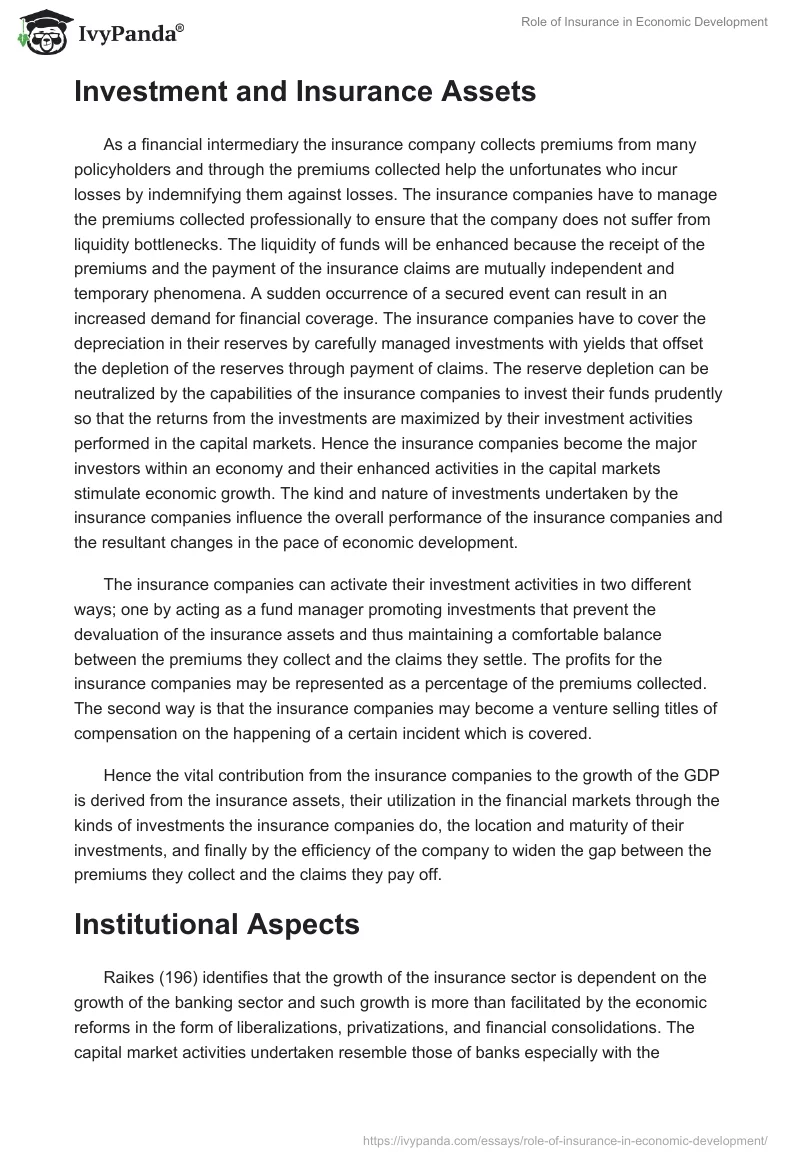The 10-Minute Rule for Pacific Prime
The 10-Minute Rule for Pacific Prime
Blog Article
The Main Principles Of Pacific Prime
Table of ContentsSome Of Pacific PrimePacific Prime Fundamentals ExplainedPacific Prime Can Be Fun For AnyonePacific Prime Fundamentals ExplainedThe Ultimate Guide To Pacific Prime
:max_bytes(150000):strip_icc()/terms_i_insurance_FINAL_-3556393b3bbf483e9bc8ad9b707641e4.jpg)
This is since the information were gathered for a duration of solid economic performance. Of the estimated 42 million individuals that were without insurance, just about concerning 420,000 (concerning 1 percent) were under 65 years old, the age at which most Americans become qualified for Medicare; 32 million were grownups in between ages 18 and 65, about 19 percent of all adults in this age group; and 10 million were kids under 18 years old, concerning 13.9 percent of all children (Mills, 2000).
These price quotes of the number of individuals without insurance are generated from the annual March Supplement to the Existing Populace Survey (CPS), conducted by the Census Bureau. Unless otherwise noted, nationwide quotes of people without wellness insurance and proportions of the population with different type of insurance coverage are based upon the CPS, one of the most widely used source of quotes of insurance policy protection and uninsurance prices.
Pacific Prime Fundamentals Explained

Still, the CPS is particularly helpful due to the fact that it generates yearly quotes relatively promptly, reporting the previous year's insurance policy protection estimates each September, and due to the fact that it is the basis for a constant set of quotes for greater than 20 years, permitting analysis of fads in insurance coverage gradually. For these reasons, as well as the extensive use of the CPS in various other research studies of insurance coverage that exist in this record, we depend on CPS estimates, with restrictions noted.

The estimate of the variety of without insurance individuals expands when a population's insurance standing is tracked for numerous years. Over a three-year period starting early in 1993, 72 million people, 29 percent of the united state populace, were without coverage for at the very least one month. Within a single year (1994 ), 53 million people experienced a minimum of a month without insurance coverage (Bennefield, 1998a)
Six out of every 10 uninsured grownups are themselves utilized. Working does boost the chance that one and one's family participants will have insurance policy, it is not a guarantee. Also members of households with two full-time wage earners have virtually a one-in-ten possibility of being without insurance (9.1 percent uninsured rate) (Hoffman and Pohl, 2000).
How Pacific Prime can Save You Time, Stress, and Money.
New immigrants account for a substantial proportion of people without additional resources wellness insurance. One analysis has attributed a considerable part of the recent growth in the dimension of the U.S. uninsured population to immigrants who showed up in the nation between 1994 and 1998 (Camarota and Edwards, 2000). Recent immigrants (those who concerned the United States within the past 4 years) do have a high price of being uninsured (46 percent), but they and their kids represent simply 6 percent of those without insurance policy nationally (Holahan et al., 2001).
The relationship between medical insurance and accessibility to care is well developed, as recorded later on in this chapter. Although the relationship between medical insurance and health and wellness outcomes is neither direct nor basic, an extensive professional and health services research literature links medical insurance coverage to enhanced accessibility to care, much better top quality, and enhanced individual and populace health and wellness status.
Levels of evaluation for analyzing the impacts of uninsurance. This discussion of wellness insurance policy coverage focuses mainly on the united state population under age 65 due to the fact that practically all Americans 65 and older have Medicare or other public protection. It focuses particularly on those without any health insurance policy for any length of time.
Things about Pacific Prime
The problems encountered by the underinsured are in some aspects comparable to those dealt with by the uninsured, although they are normally less extreme. Wellness insurance, nonetheless, is neither required neither adequate to obtain accessibility to medical solutions. The independent and direct result of health insurance policy coverage on access to health and wellness solutions is well established.
Others will certainly acquire the healthcare they need also without health insurance policy, by spending for it out of pocket or seeking it from service providers that provide care complimentary or at very subsidized rates. For still others, medical insurance alone does not make sure invoice of treatment because of various other nonfinancial obstacles, such as a lack of health and wellness treatment companies in their community, limited accessibility to transport, illiteracy, or linguistic and social distinctions.
The Pacific Prime Diaries
Formal research regarding without insurance populaces in the USA dates to the late 1920s and very early 1930s when the Committee on the Price of Medical Care created a series of reports concerning financing physician workplace gos to and hospital stays. This concern ended up being prominent as the numbers of clinically indigent climbed throughout the Great Anxiety.
Report this page